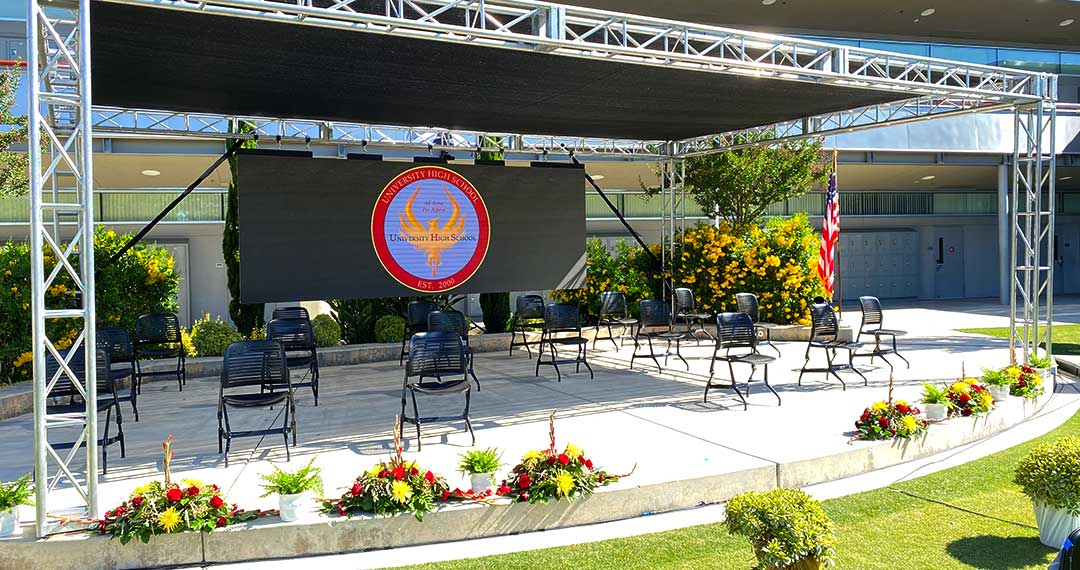Mastering Color Accuracy in Light Emitting Diode Wall Calibration for Breathtaking Visual Presentations
Mastering Color Accuracy in Light Emitting Diode Wall Calibration for Breathtaking Visual Presentations
Blog Article
Hue accuracy is crucial for producing breathtaking graphic presentations, particularly when employing LED screens. These massive displays are frequently found in locations like music venues, athletic arenas, and promotional billboards. When the colors on an LED wall are not accurate, the visuals can look flat or warped, which can affect the overall experience for viewers. Therefore, perfecting color accuracy in LED wall tuning is vital for attaining lively and realistic images.
The first step in ensuring color accuracy is understanding how LED technology works. LEDs, or light-producing diodes, generate light in multiple colors by combining red, green, and blue (RGB) light. Each dot on an LED screen consists of these three colors. When calibrated correctly, the mix of RGB can produce a wide range of colors. However, if one color is too bright or too dim, it can distort the entire screen. This is why tuning is necessary to equalize the hues and achieve the desired visual result.
Tuning involves adjusting the configurations of the LED screen to ensure that the hues displayed match the initial content as closely as feasible. This process typically involves using specialized software and hardware instruments. Technicians frequently use color measurement devices, such as color meters, to examine the colors being shown. By comparing the measured hues to standard color values, they can make exact adjustments. This guarantees that the colors are not only vibrant but also consistent across the whole screen.
Another crucial factor of color precision is understanding the surroundings in which the LED wall is used. Factors such as ambient light can significantly impact how hues look. For instance, a brightly lit room may wash out colors, making them look less lively. To counteract this, technicians may adjust the luminosity and differentiation configurations of the LED screen. Additionally, use this link they may choose specific color settings that are more suited for various lighting conditions. This flexibility helps preserve color precision regardless of the viewing surroundings.
Finally, regular upkeep and recalibration are crucial for keeping an LED wall looking its finest. Over time, the functionality of LEDs can change due to elements like degradation and temperature fluctuations. Frequent inspections and adjustments can help guarantee that the hues remain correct and lively. By investing time in appropriate tuning and maintenance, venues can provide viewers with breathtaking graphic presentations that enhance their overall impression. Mastering color accuracy in LED screen calibration is not just a technical job; it is an art that contributes to the wonder of visual narration.